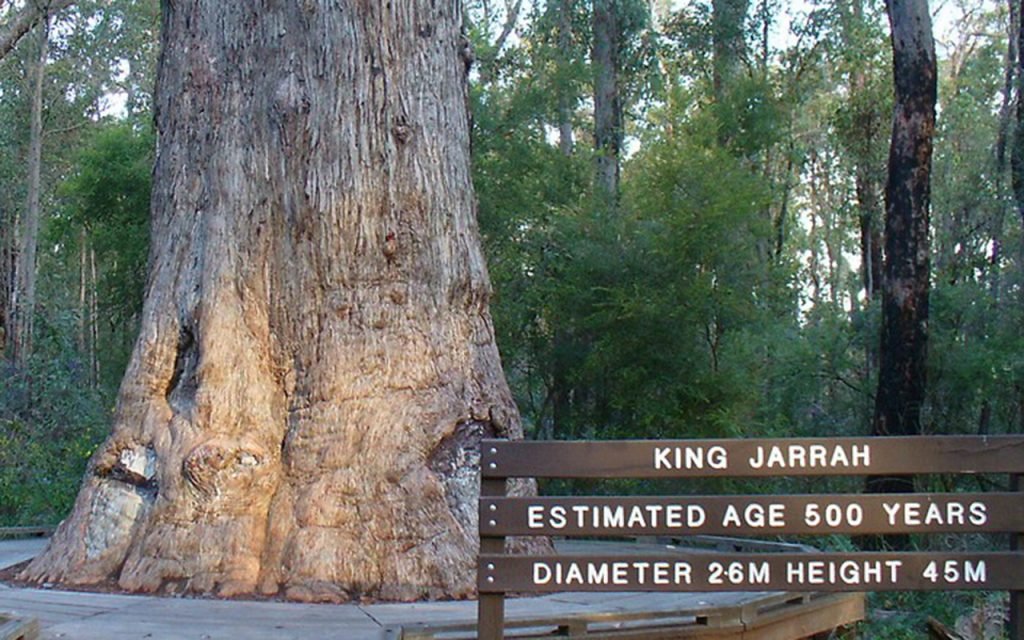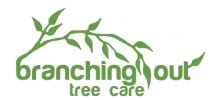
In this blog series we look at the indigenous trees of the Peel/Bindjareb region. This month we profile the Jarrah or Euclayptus marginata.
A widely distributed tree indigenous to the south-west of WA, Jarrah trees are conspicuous this time of year in Mandurah. Laden with blossom and buzzing with various bees and other insects, they also provide food and shelter for birds and possums. Indeed, Jarrah blossom is one of the best types of honey available in our state, with medicinal qualities to rival NZ’s Manuka honey.
Historically, Noongar people used the leaves and bark to treat various ailments, including snake bite. They strung the fruits together to make necklaces and hair ornaments, and used the branches to make “miro” (spear throwers) and wanna (digging sticks). The common name Jarrah derives from the Noongar word “djarraly”
Long esteemed by white settlers in Australia, most of the once mighty Jarrah forests have sadly been cut down for use in construction. Once known as Swan River Mahogany, it is renowned for its versatility and strength, yielding a beautiful timber that is used from rafters to floor boards. In Western Australia, Jarrah is the most sought-after timber for wood fires as it burns hot and slowly, leaving little residue in fire place flues.
Why not visit the famous King Jarrah tree at Wellington National Park on your next trip down south? If you need your Jarrah or any other tree trimming, call Branching Out, Mandurah's premier local tree service.
